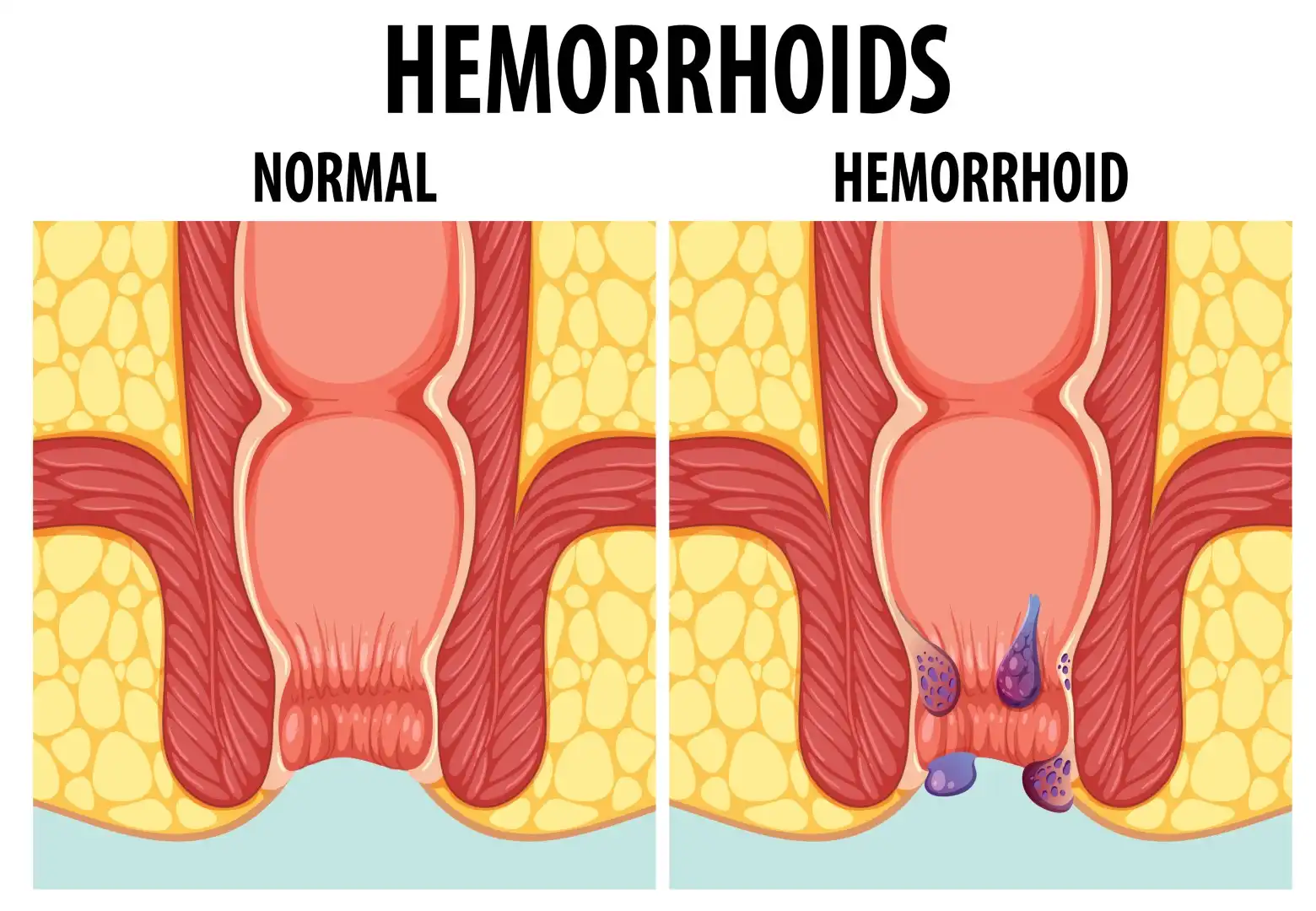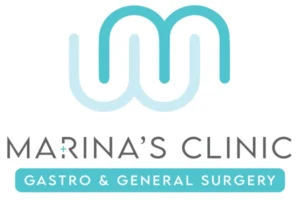Fissure vs. Hemorrhoids: Understanding the Key Differences

When it comes to anorectal conditions, fissures and hemorrhoids are two of the most common yet often misunderstood ailments. While both can cause significant discomfort and impact quality of life, understanding the key differences between the two is essential for effective treatment. Dr. Peerthi Mrinalini, the best female surgeon in Chennai at Marinas Clinic, provides expert insights into distinguishing between fissures and hemorrhoids and offers guidance on managing these conditions.
What are Anal Fissures?
An anal fissure is a small tear in the lining of the anus. This tear can cause severe pain and bleeding during bowel movements. Anal fissures are typically caused by the passage of large or hard stools, chronic diarrhea, or inflammatory conditions such as Crohn’s disease.
Symptoms of Anal Fissures
The primary symptoms of an anal fissure include:
Sharp pain during and after bowel movements
Visible tear in the skin around the anus
Bright red blood on the stool or toilet paper
Itching or irritation around the anus
Anal fissures are often acute, healing within a few weeks with proper care. However, if left untreated, they can become chronic and may require medical intervention.
What are Hemorrhoids?
Hemorrhoids, commonly known as piles, are swollen blood vessels in the lower rectum and anus. They can be internal (inside the rectum) or external (under the skin around the anus). Hemorrhoids can develop due to increased pressure in the lower rectum, often from straining during bowel movements, sitting for long periods, or pregnancy.
Symptoms of Hemorrhoids
The symptoms of hemorrhoids can vary depending on whether they are internal or external:
Internal Hemorrhoids: These are usually painless but can cause bleeding during bowel movements. Prolapsed internal hemorrhoids may protrude through the anus, causing discomfort.
External Hemorrhoids: These can cause itching, pain, and swelling around the anus. In some cases, a hard lump may form due to a blood clot (thrombosed hemorrhoid), leading to severe pain.
Key Differences Between Fissures and Hemorrhoids
While both conditions affect the anal region and can cause discomfort, there are distinct differences between fissures and hemorrhoids:
Location and Nature of the Condition:
Anal Fissures: A tear in the skin of the anal canal.
Hemorrhoids: Swollen blood vessels in the lower rectum or anus.
Primary Symptoms:
Anal Fissures: Sharp pain during bowel movements, visible tear, and bright red bleeding.
Hemorrhoids: Itching, swelling, bleeding, and pain depending on whether the hemorrhoid is internal or external.
Causes:
Anal Fissures: Hard or large stools, chronic diarrhea, inflammatory bowel disease.
Hemorrhoids: Straining during bowel movements, prolonged sitting, pregnancy, obesity.
Treatment Approaches:
Anal Fissures: Conservative treatments include increased fiber intake, stool softeners, and topical anesthetics. Chronic fissures may require surgical intervention.
Hemorrhoids: Treatments range from lifestyle changes and over-the-counter medications to minimally invasive procedures like rubber band ligation or surgical hemorrhoidectomy for severe cases.
Diagnosis and Treatment at Marinas Clinic
Dr. Peerthi Mrinalini, renowned as the best female surgeon in Chennai, emphasizes the importance of accurate diagnosis for effective treatment. At Marinas Clinic, a comprehensive evaluation is conducted to differentiate between fissures and hemorrhoids, ensuring patients receive the most appropriate care.
Diagnostic Procedures
The diagnostic process may include:
Physical Examination: A thorough examination of the anal region to check for visible signs of fissures or hemorrhoids.
Anoscopy: A procedure using a small scope to view the anal canal and rectum, helpful in diagnosing internal hemorrhoids.
Sigmoidoscopy or Colonoscopy: These may be recommended if there is a need to examine the lower or entire colon.
Treatment Options
Depending on the diagnosis, Dr. Peerthi Mrinalini and her team at Marinas Clinic offer tailored treatment plans:
For Anal Fissures: Initial treatments focus on non-surgical methods such as dietary changes, topical medications, and sitz baths. Persistent fissures may require surgical procedures like lateral internal sphincterotomy.
For Hemorrhoids: Treatment can range from conservative measures like dietary modifications and topical treatments to office-based procedures such as sclerotherapy, rubber band ligation, or advanced surgical techniques for severe cases.
Preventive Measures
Prevention is key in managing both fissures and hemorrhoids. Dr. Peerthi Mrinalini advises:
Maintaining a High-Fiber Diet: To ensure soft stools and prevent straining.
Staying Hydrated: Drinking plenty of water aids in digestion and stool passage.
Regular Exercise: Promotes bowel regularity and reduces pressure on the veins.
Avoiding Prolonged Sitting: Especially on the toilet, to minimize pressure on the anal region.
Conclusion
Understanding the differences between anal fissures and hemorrhoids is crucial for proper treatment and relief. If you experience symptoms, seeking medical advice from an experienced specialist like Dr. Peerthi Mrinalini at Marinas Clinic can help ensure a swift and effective recovery. Her expertise and compassionate care make her the best female surgeon in Chennai for treating these common yet distressing conditions.
Recent Posts
-
Common Symptoms of Breast Carcinoma Every Woman Should Know19 Dec 2025
-
Long-Term Results of Weight Loss Surgery: What Patients Can Expect08 Dec 2025
-
FUTURE OF WEIGHT LOSS SURGERY: NEW TECH ON THE HORIZON:01 Dec 2025
-
LAPAROSCOPY VS. OPEN SURGERY: WHICH ONE SUITS YOUR HERNIA REPAIR BEST?24 Nov 2025
-
The Greatest Clinic Experience: All Care Under One Roof, From Consultation17 Nov 2025

